Schiaparelli wants Nosferatu's nachos so bad
For SS'25, Daniel Roseberry finds 17th century solutions to 21st century problems. This season, sincerity will save us from the machines.
Finding links between Nosferatu and Schiaparelli was not on my 2025 bingo card yet here we are. Reminded by Daniel Roseberry that machines can never make real art because they can never be horny
Schiaparelli’s couture shows are a delightful treasure hunt for vintage references. However, amongst the usual signatures of Charles James, the New Look and Surrealism, were unexpected nods to the Baroque era. The wide, off-shoulder necklines on structured bodices embellished in beading, brocade and velvet were reminiscent of mid-to-late 17th-century fashion.
And if these styles feel strangely familiar to you it’s because the period influenced Romantic fashions, which you’ll have seen in Nosferatu, and see more of with the upcoming release of Romantic/Gothic cinema like Frankenstein and Wuthering Heights later this year. Once more we have revealing, wide off-shoulder necklines, larger-than-life sleeves, and very full skirts.
Baroque art and design was dramatic and ornate, a reaction to Protestant values and the control and balance of the Renaissance era, a call to sensuality if you will. I mean, just look at how revealing some of the portraits are.
Following suit, Romantic philosophy embraced emotion, the inner world and a return to nature—particularly in response to the Industrial Revolution.
Roseberry’s show notes even read like a Romantic Manifesto, where he asks, “Has our fixation on what looks or feels modern become a limitation? Has it cost us our imagination?”
The past few years saw this intense focus on minimalism and quiet luxury—on one hand, a desire for white noise in an overwhelming, overstimulating landscape, but on the other a set of prescribed cues, tastes and keywords for factory assembly lines and Google Shopping.
I think what helped quiet luxury take off so much, despite how it fed into everyone’s sick desires to emulate the 1%, was how easy it was to replicate. It’s a style devoid of logos, embellishment, and personality. And in that, you see echoes of the same issues we’re facing with things like generative AI right now where we’re losing a sense of human-ness.
On the other hand, this collection is also about escapism which, at first glance, echoes the nostalgia and yearning for “the good ol’ days” we see in tandem with the rise of conservative and fascist rhetoric. It’s easy to mistake Schiaparelli’s ‘30s and 50’s references as fitting into the hyper-feminity archetypes cherished by people who idolise the time when “men were men and women looked like women.” You know, before feminism made life hard for girls because now they have to get jobs and pay taxes.
In the historical costuming community there’s an adage for this: “vintage style, not vintage values”. It’s a necessary separation of the aesthetics of a time from the accepted beliefs and practices, particularly because, as you’d expect, being into Civil War dress or Victorian ball gowns attracts some real freaks (derogatory). And while there are people who hide their bigotry behind simply “liking the style”, I think that when most people idealise the ‘50s or cottage-core, it’s not because they want to go back in time but because they’re simply starved for beauty and glamour.
You don’t actually want to be a housewife or do the backbreaking work of living on a farm, what you want is to exist in a world where the airport is something worth dressing up for, where you have a games night with your neighbours, where retiring at 60 isn’t a pipedream.
This is why I think “vintage style, not vintage values” could do with an edit.
Because there are some vintage values worth keeping. As I’ve been learning more about African fashion history, I’ve been thinking about the way we dismiss arts and crafts as hobbies because unlike meditation or the gym, they’re not body-optimising pastimes that help us increase shareholder value.
(Even though, I think we could fix a lot of problems in the world right now if we put some clay and yarn into the hands of every tech bro.)
Because what I’ve taken away from my studies and projects is a focus on community and environmental stewardship and connecting with nature. Throughout so many historical and cultural arts and crafts is this focus on heirlooms, on zero-waste, on being a part of, not above, the environment.
And this is why couture week in particular is such a treat for me. It’s a circus of artisans and craftsmanship, a celebration of labour-intensive skills passed down over centuries, continuously reimagined in exciting ways (and for very little profit as it seems to be with Schiaparelli at least).
If I had to make a trend prediction for the year it would be that 2025 is all about sincerity. No pretence, no irony, no more nonchalance. It’s good to yearn and wander and be horny for connection and glamour—something a robot could never understand.
Hanger Management is free today, tomorrow, and probably every day after that because social media platforms hate Africans haha. Not that you have to, but if you’d like to support me financially, you can donate any amount to my tip jar or become a member of my Patreon (there is a free tier, so you should join anyway). Your contribution goes toward financing my media subscriptions, research costs, materials for sewing projects, paying my podcast editor, the odd cold one or two, and pressuring me into producing more.
You know you love me,
xoxo Khensani





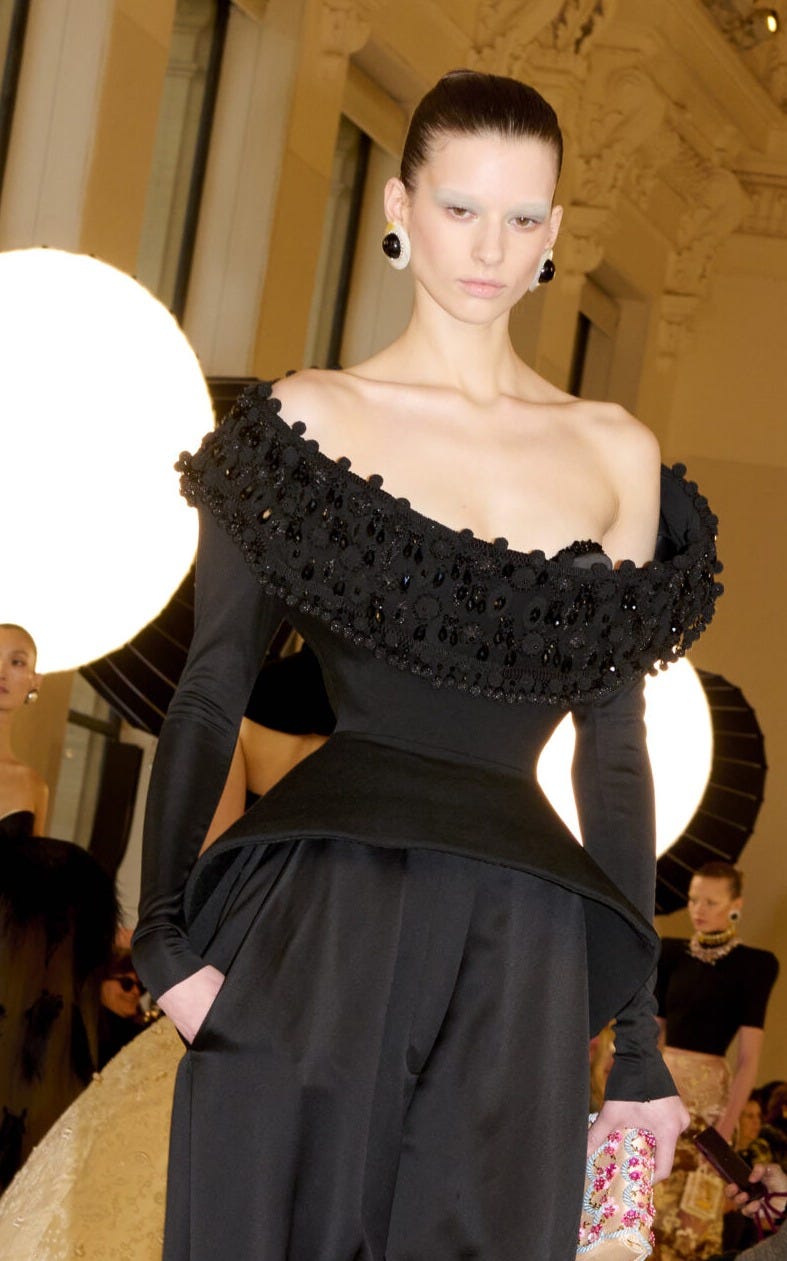
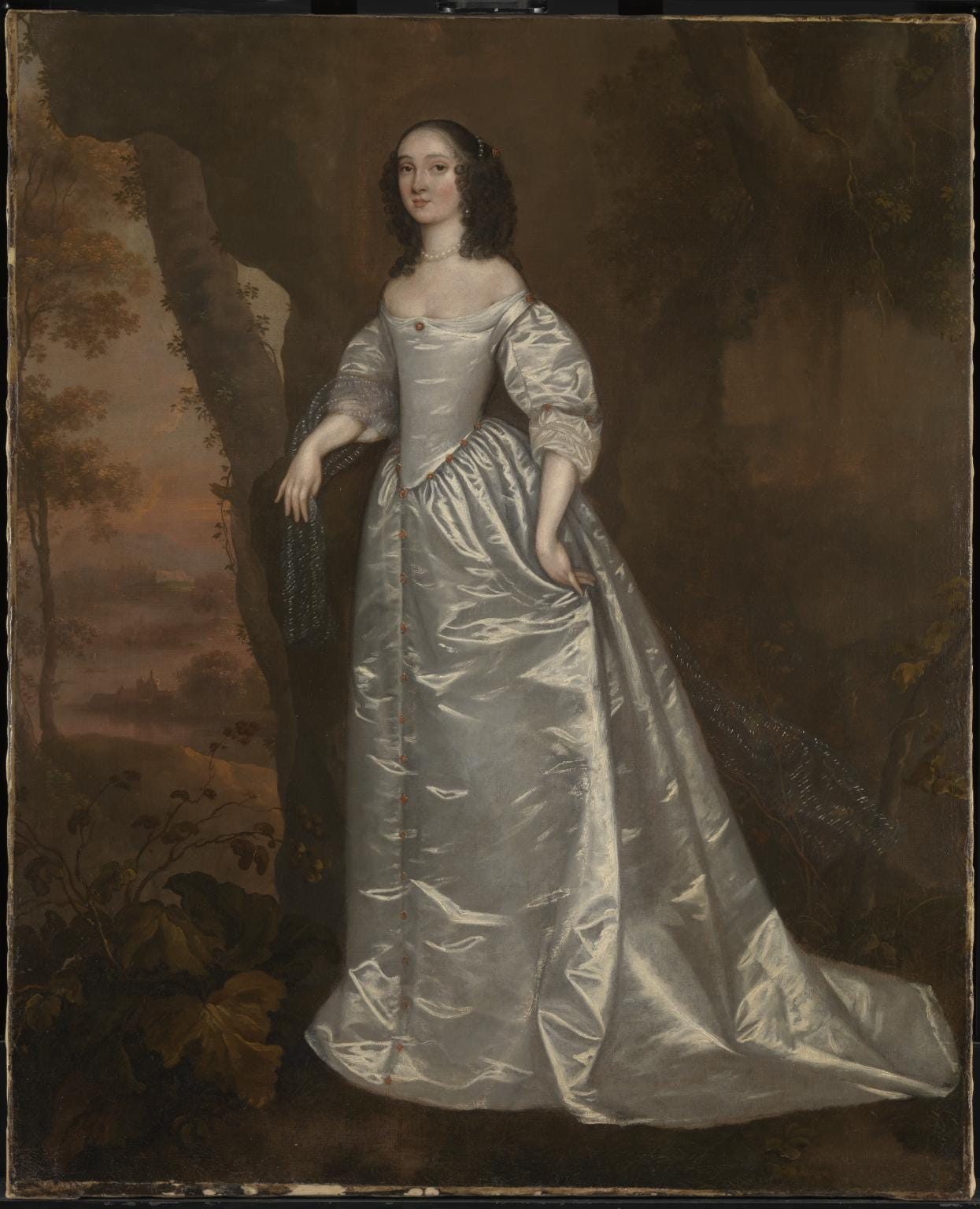
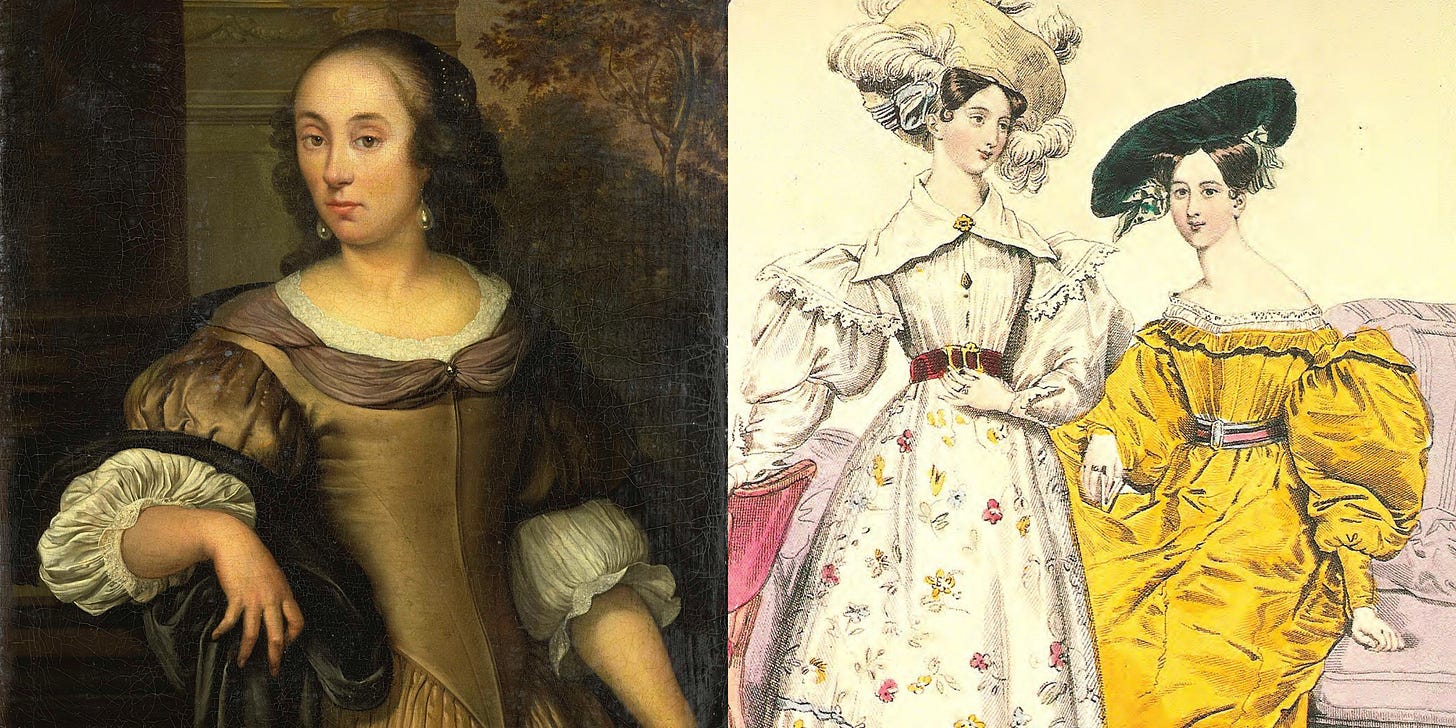
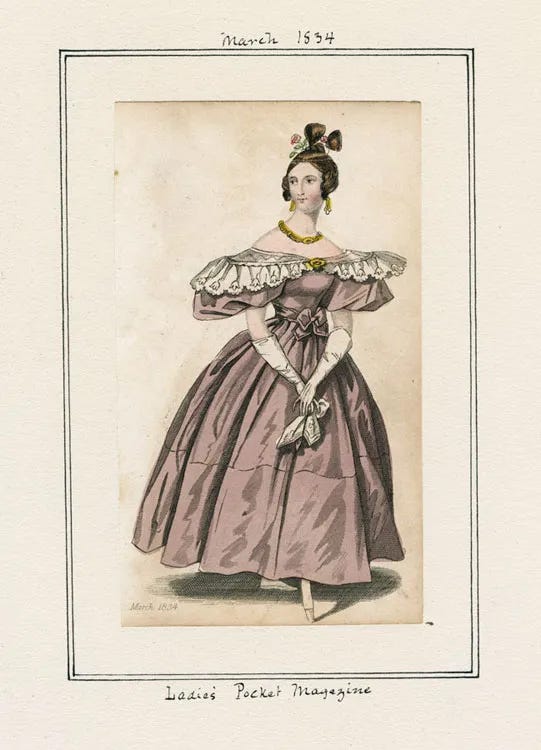
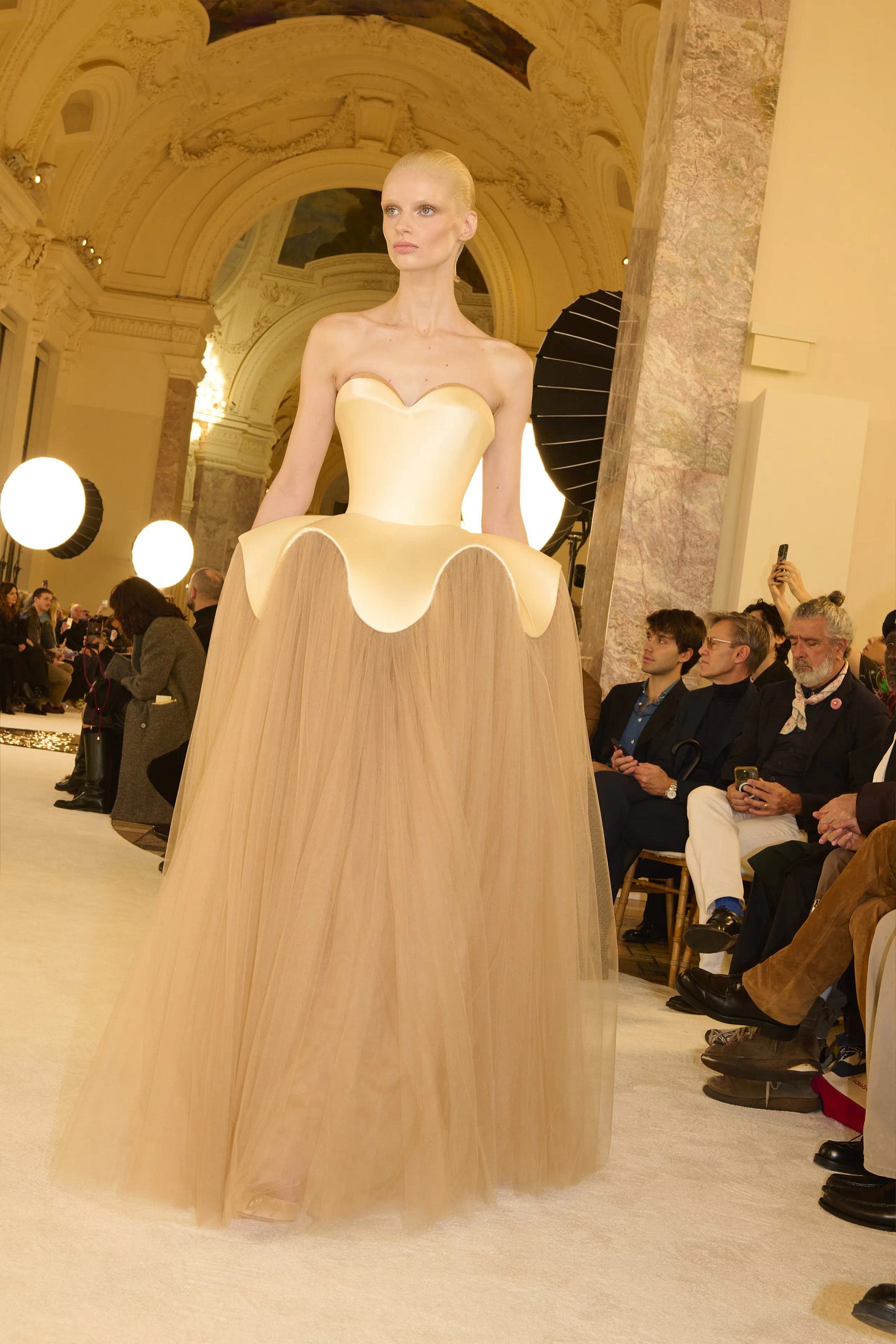

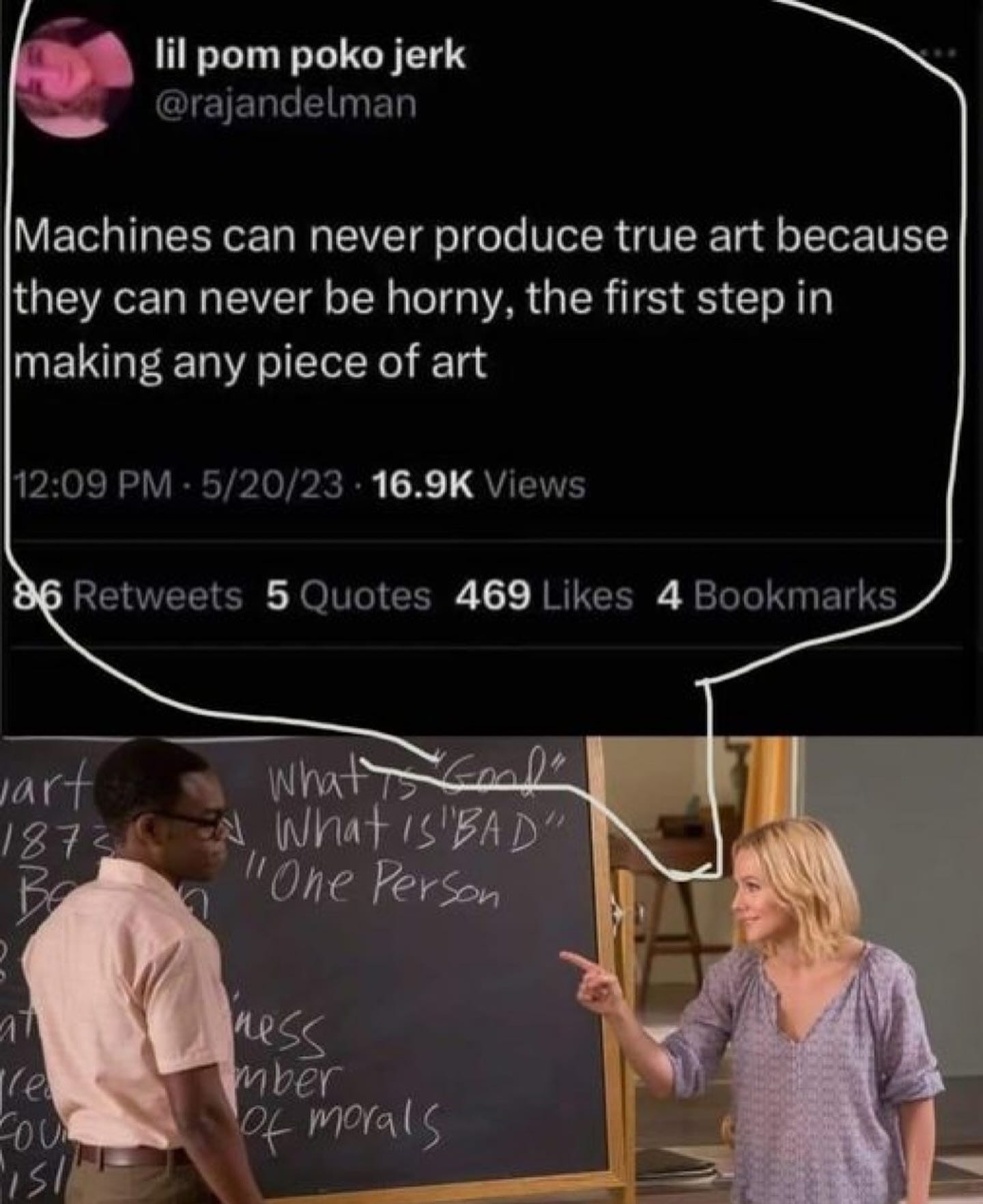
My comprehension of “fashion” growing up was so entirely focused around Simultaneously Hiding & Flaunting Every Facet of My Strange(?) Hard to Dress (??) “Unshapely”????? body. The second I actually started. Touching bolts of fabric. A whole new world felt possible. It still does, but that’s when I realized like. “Oh dang”! “I can literally just make my own dang clothes then”! Love your content! 👍♥️
"No pretence, no irony, no more nonchalance. It’s good to yearn and wander and be horny for connection and glamour" brb making this into an inspirational poster to replace my bathroom mirror